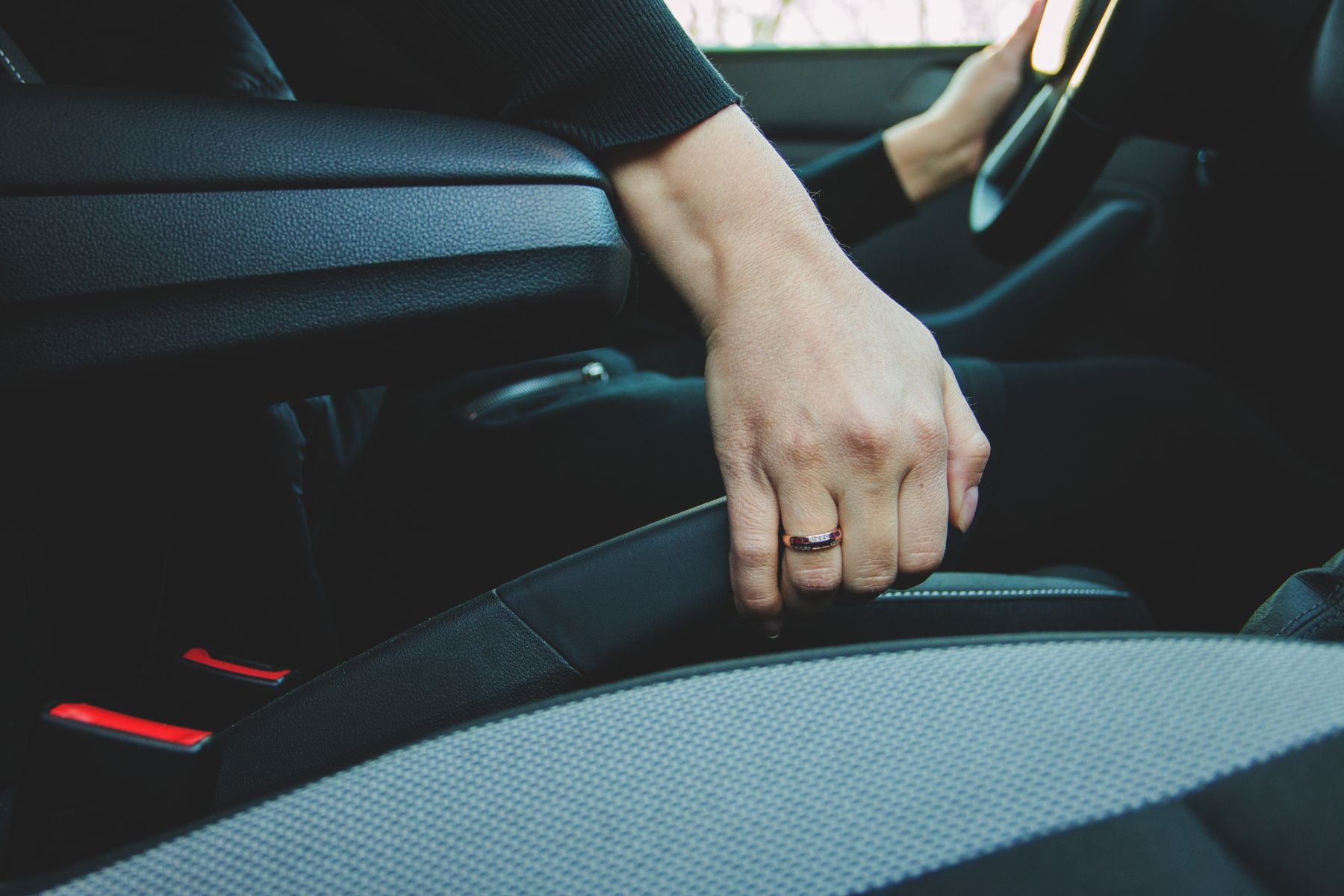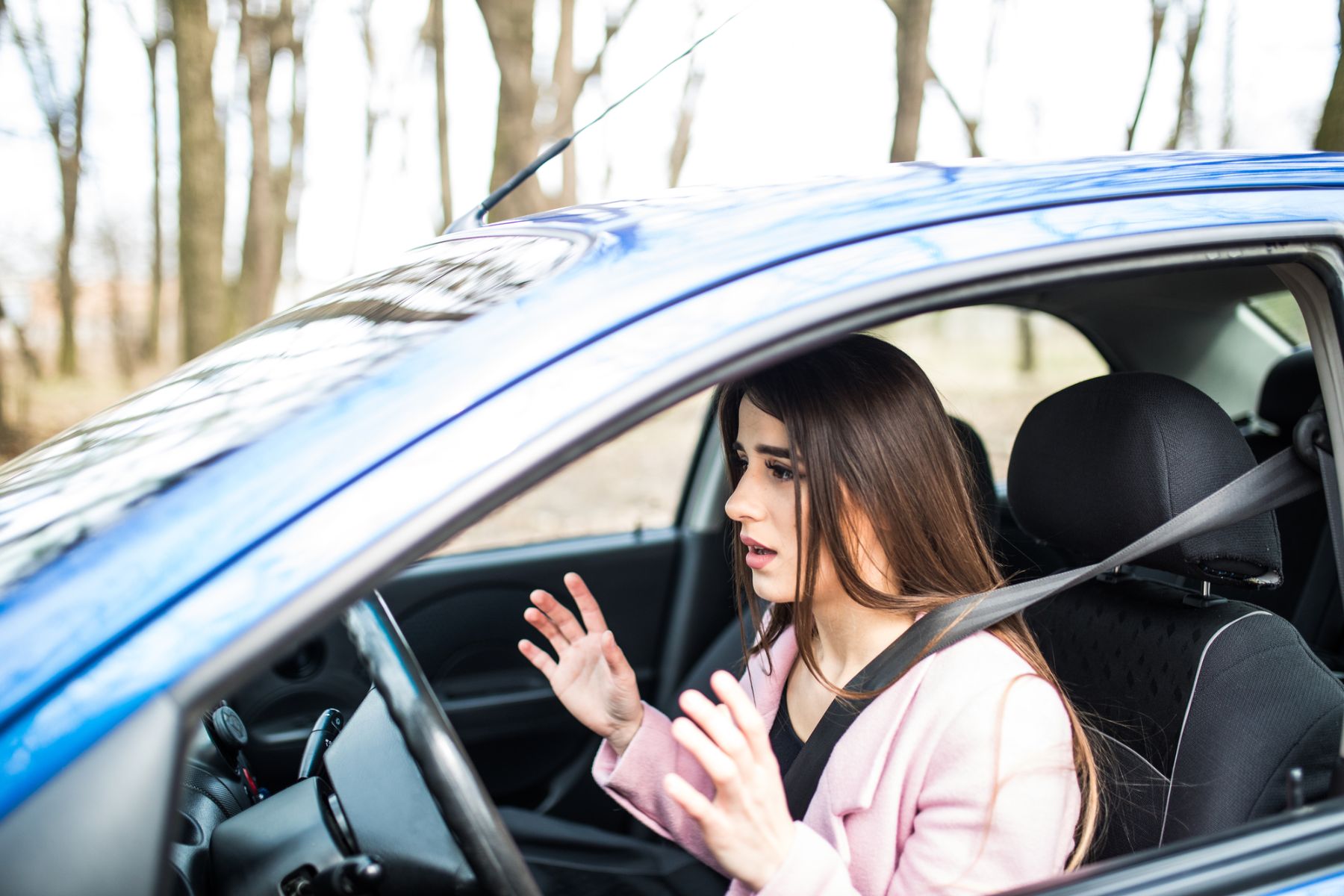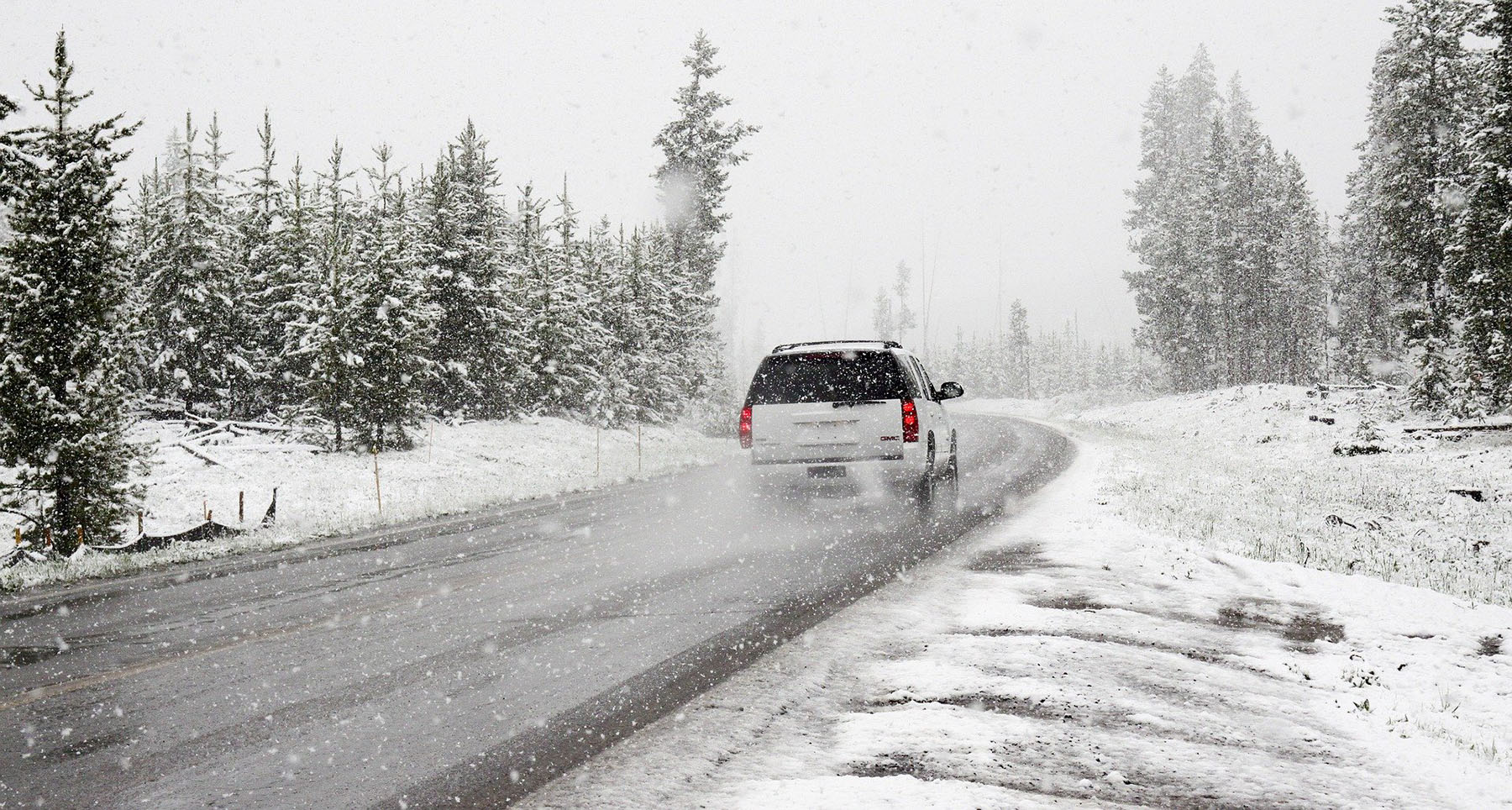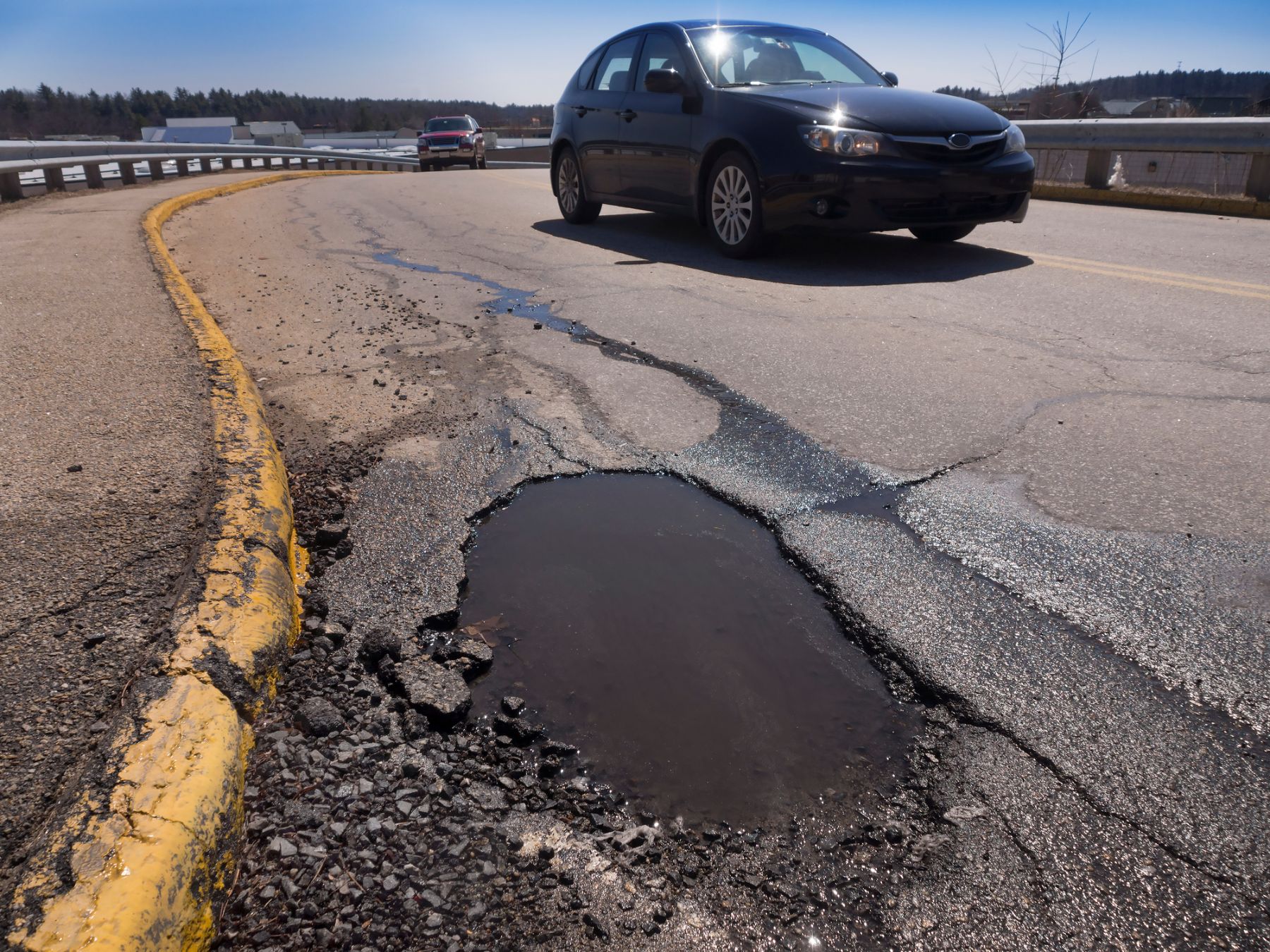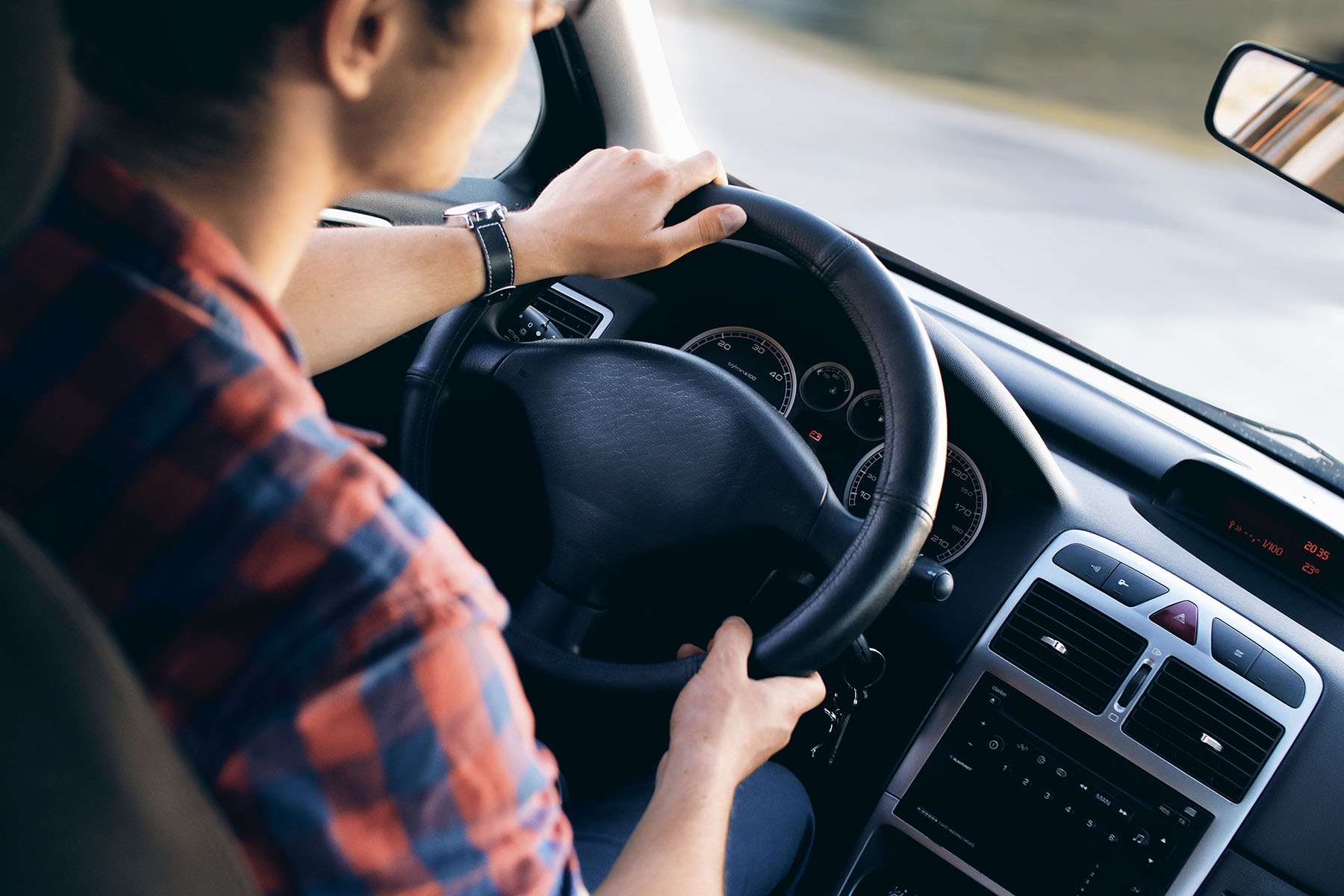
If you’ve been on the road this year, you’ve almost definitely seen at least one so-called ‘traffic circle,’ also known as a roundabout. You might have wondered why they’re popping up everywhere—especially in Central Indiana. Are roundabouts easier to navigate? Are they just more appealing to the eye?
The new prevalence of roundabouts really comes as no surprise when you consider all the safety, economic, and environmental benefits these intersections can provide.
What is a Roundabout?
A roundabout is an intersection with a circular configuration that safely and efficiently moves traffic. Roundabouts move traffic more efficiently and reduce the number of fatalities and serious injury accidents. They work because of their safety record, environmental compatibility, aesthetics, and ability to make it easier for pedestrians and bicyclists to navigate.
What are the Benefits of Roundabouts?
First, they’re designed to keep traffic moving by requiring drivers to slow down and yield rather than come to a complete stop and idle at every crossing. The Indiana Department of Transportation (INDOT) reports a 30-50% increase in traffic capacity compared to traditional intersections. They also note increased efficiency at intersections with high left-turn rates.
A huge benefit of roundabouts is increased safety for cars, pedestrians, and bicyclists. According to INDOT, roundabouts reduce conflict points by 75%, leading to 76% fewer vehicle crashes with injuries and 30-40% fewer pedestrian accidents. Since there are fewer chances for cars to cross each other’s paths and more stopping points for crosswalks, roundabouts greatly reduce potential collisions and impact severity.
Environmentally, roundabouts save fuel by reducing idling, meaning less gas is burned into the atmosphere. They also reduce energy usage since they do not require traffic lights to install or maintain.
As a bonus, roundabouts allow drivers to perform perfectly legal U-turns by looping around the inner lane. If you get disoriented while driving or miss your exit, there’s always an option to turn around with a U-turn—without disrupting traffic.
How Do You Drive in a Roundabout?
With so many roundabouts popping up all around the state, Hoosier drivers must know how to navigate them. Here are our basic tips, which can be applied to most styles of roundabouts (multi-lane and single-lane):
- Slow and Steady: Slow down as you approach the roundabout and be prepared to yield to pedestrians and vehicles already in the traffic circle. Stop only if there is no opening for you to enter the circle safely. Once you enter the roundabout, don’t speed! The average speed limit in a roundabout is 15-25 mph, which is already slower than most roadways.
- Pay Attention to Signage: In the case of a multi-lane roundabout, follow posted signs to make sure you’re in the correct lane for where you want to go.
- Typically, the left lane will allow you to take the third exit (go left). The right lane will let you take the first exit (go right). One or more lanes will send you to the second exit (straight). The type of roundabout will vary, so reading the signs as you approach each roundabout is critical.
- Stay in Your Lane: Once you have an opening in the traffic flow, enter the roundabout and stay in your lane. Shifting lanes in a roundabout is extremely dangerous.
- Maintain Appropriate Following Distance: When you enter a roundabout, remember to leave a comfortable distance between you and the car in front of you. During high traffic, you may have to brake or even stop in the middle of a roundabout, and you don’t want to risk a collision. Give yourself enough space between your vehicle and the vehicle in front of you.
- Commit to One Lane Until Exiting: Remain in your lane even as you exit the roundabout.
- If you’re in the left lane (or inside lane) of a multi-lane roundabout, keep an eye on drivers to your right as you exit to avoid a collision if they aren’t correctly following their lane’s signage.
While signaling your intention to exit a roundabout isn’t legally required in Indiana, there has been debate over the safety implications of implementing such a requirement. In short, if you’re in the correct lane for your exit, it is not required to signal when you exit the roundabout.
Check out these helpful images illustrating the flow of traffic for roundabouts with two lanes:
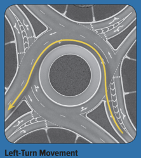
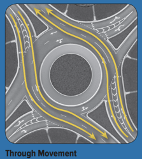
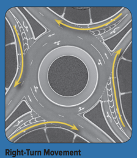
Source: Indiana Dept. of Transportation
The Bottom Line: Roundabouts Are Efficient When Used Correctly
Roundabouts can come in many different shapes and sizes to meet various needs, but the rules above still apply: slow down, make sure you’re in the correct lane, wait for an opening, stay in your lane, and carefully exit.
Whether the roundabout is elongated to pass over or under a bridge, has more than two lanes, only has three exits, or has separate lanes to turn right without entering the traffic circle, following these basic rules will get you through without much issue.
Keep Practicing
A significant factor in being a skilled roundabout driver is practice and experience. These traffic flows might seem intimidating, but once you get some hands-on experience navigating them, you’ll likely realize how much they improve the drive.
Learn How to Become a Safe Driver with DriverEd Safety
Learning to drive safely is not just a skill; it’s a lifelong asset that enhances your independence and confidence. Are you ready to take your driving skills and confidence to the next level? Get started today with our BMV-approved program, featuring our Online Course and Behind-the-Wheel instruction. Don’t wait—start your journey toward becoming a more skilled and confident driver today!
Follow DriverEd Safety on social media for more information, seasonal updates, and step-by-step video content.


